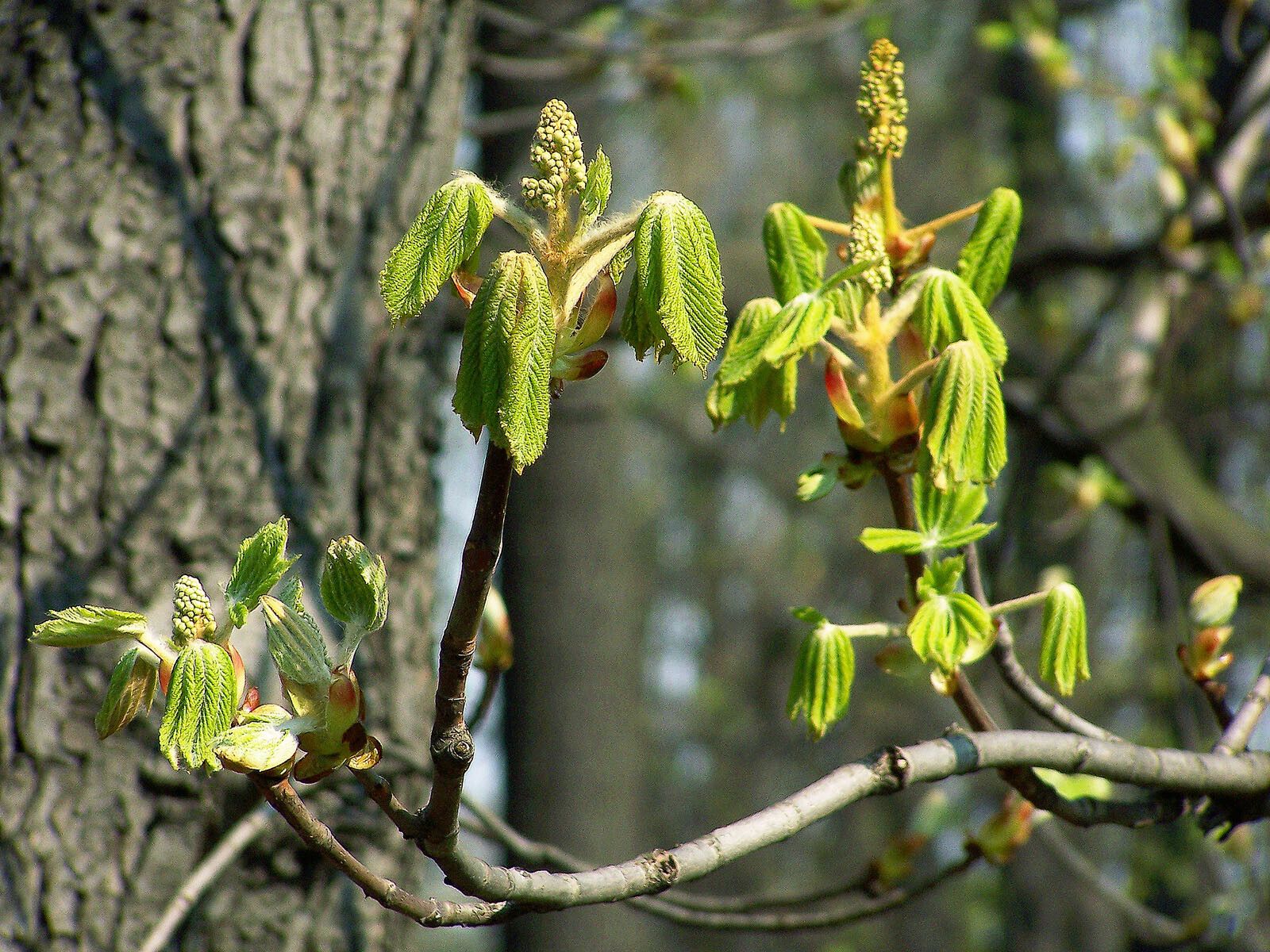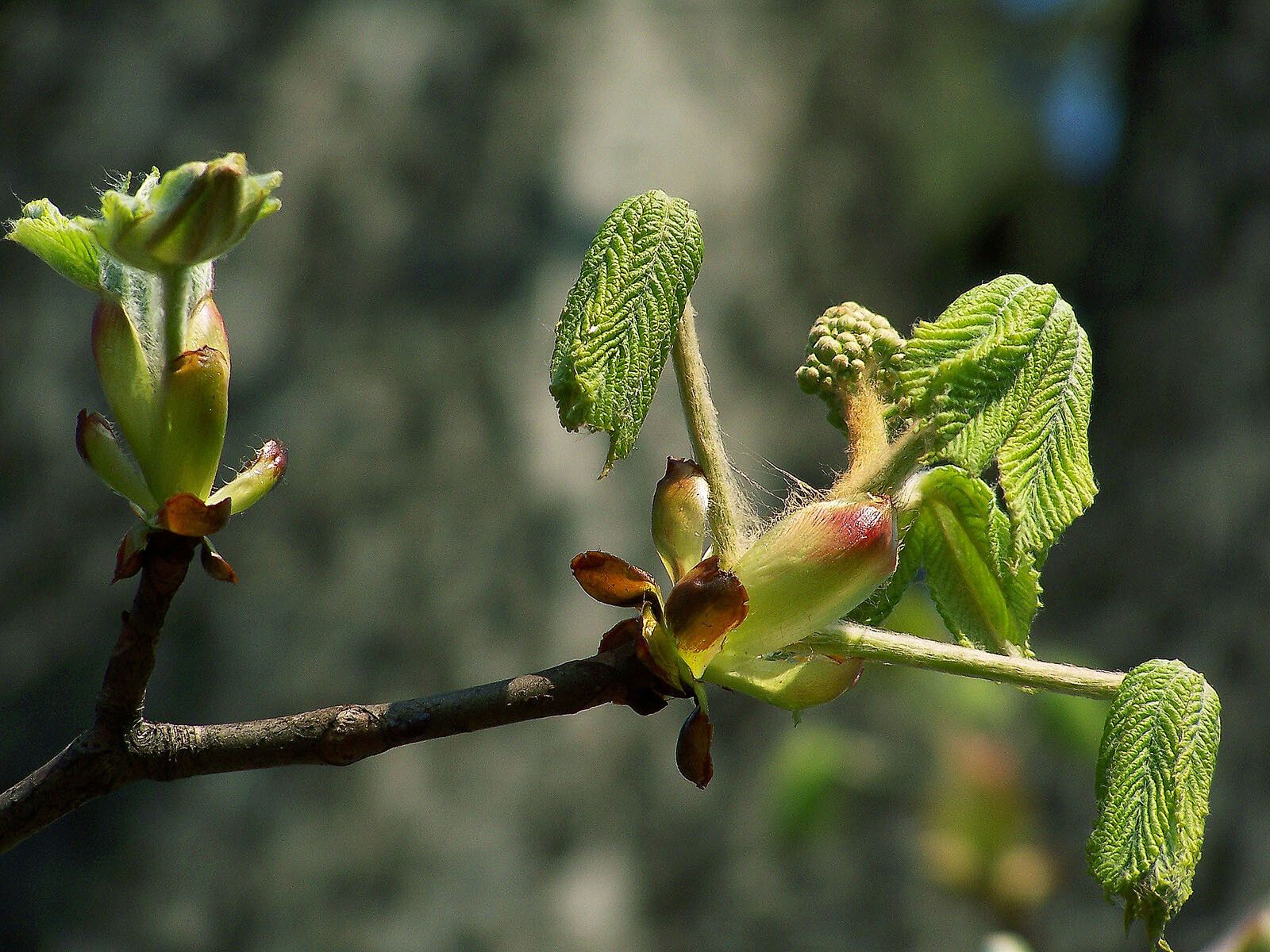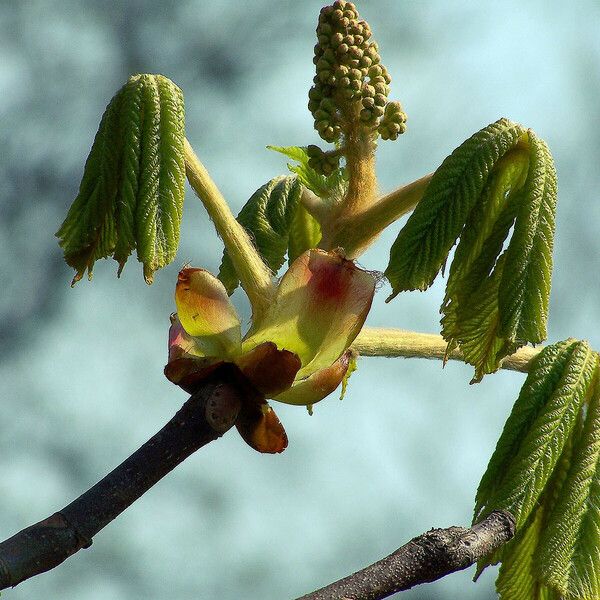Observado
Determino
Proposed determination
Probabla nomo (Submetita nomo)
100%Confidence score
Suggest another determination
You don’t agree with the suggested species but don’t have another suggestion
Komentoj
Pliaj datumoj
Kreita dato
la 13-an de dec, 2023
Laste reviziita
la 13-an de dec, 2023
Łódź, Park Kilińskiego
It is native to a small area in the Pindus Mountains mixed forests and Balkan mixed forests of South East Europe, but widely spread over Europe.
Edible plant - young leaves cooked; seeds cooked, can be dried, ground into a flour and used as a gruel; the roasted seed is used as a coffee substitute; care should be taken when eating seeds due to saponin content.
Herbal plant - the plant is an astringent, anti-inflammatory herb that helps to tone the vein walls which, when slack or distended, may become varicose, haemorrhoidal or otherwise problematic; it also reduces fluid retention by increasing the permeability of the capillaries and allowing the re-absorption of excess fluid back into the circulatory system; the bark is anti-inflammatory, astringent, diuretic, febrifuge, narcotic, tonic and vasoconstrictive; a tea made from the leaves is tonic and is used in the treatment of fevers and whooping cough; an oil extracted from the seeds has been used externally as a treatment for rheumatism.
Useful plant - Ssaponins in the seed are used as a soap substitute, they can be easily obtained by chopping the seed into small pieces and infusing them in hot water.; wood is weak, nicely grained, used for house fittings, domestic items, etc.
Shared in
Grupoj (16)





